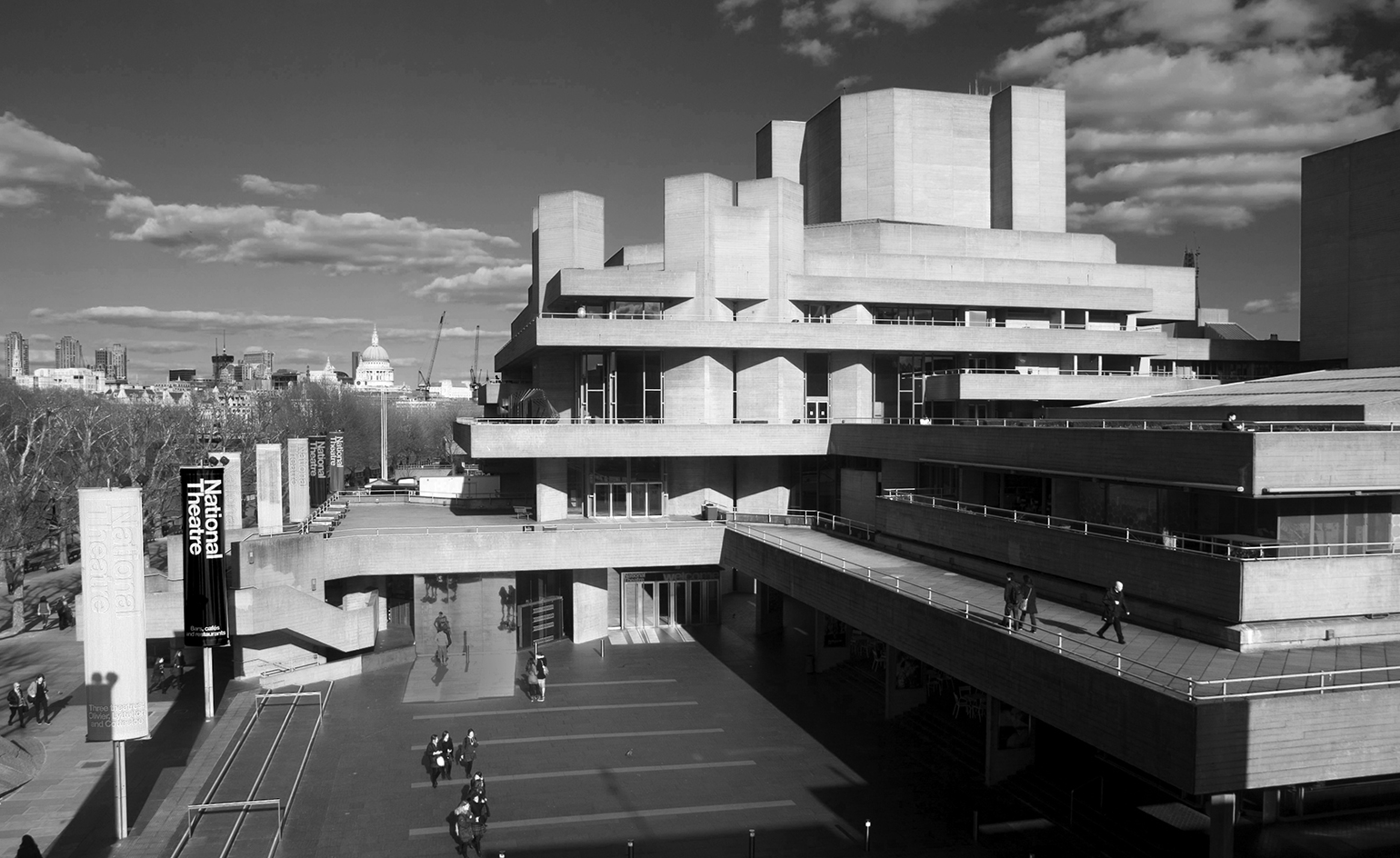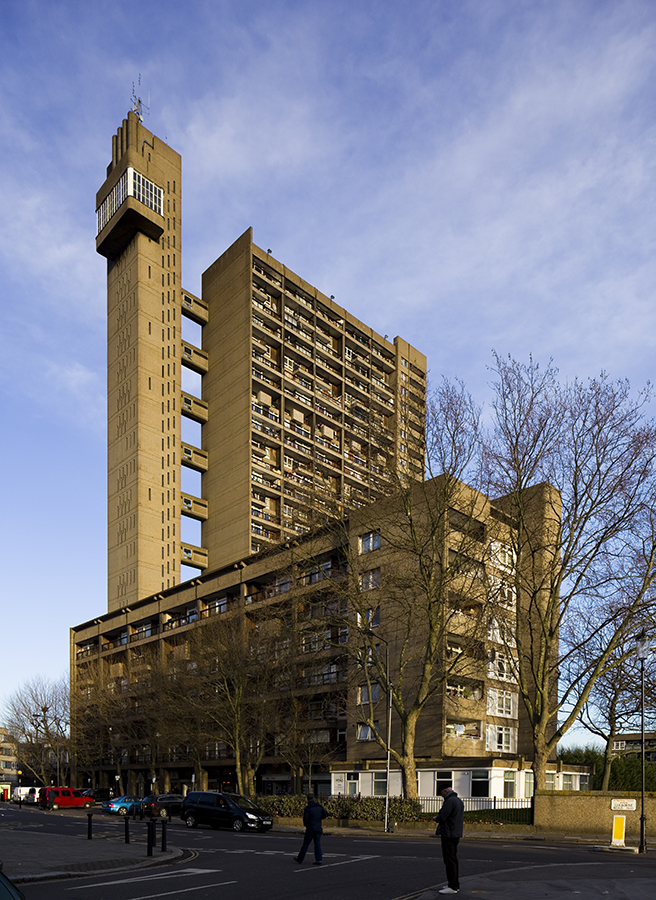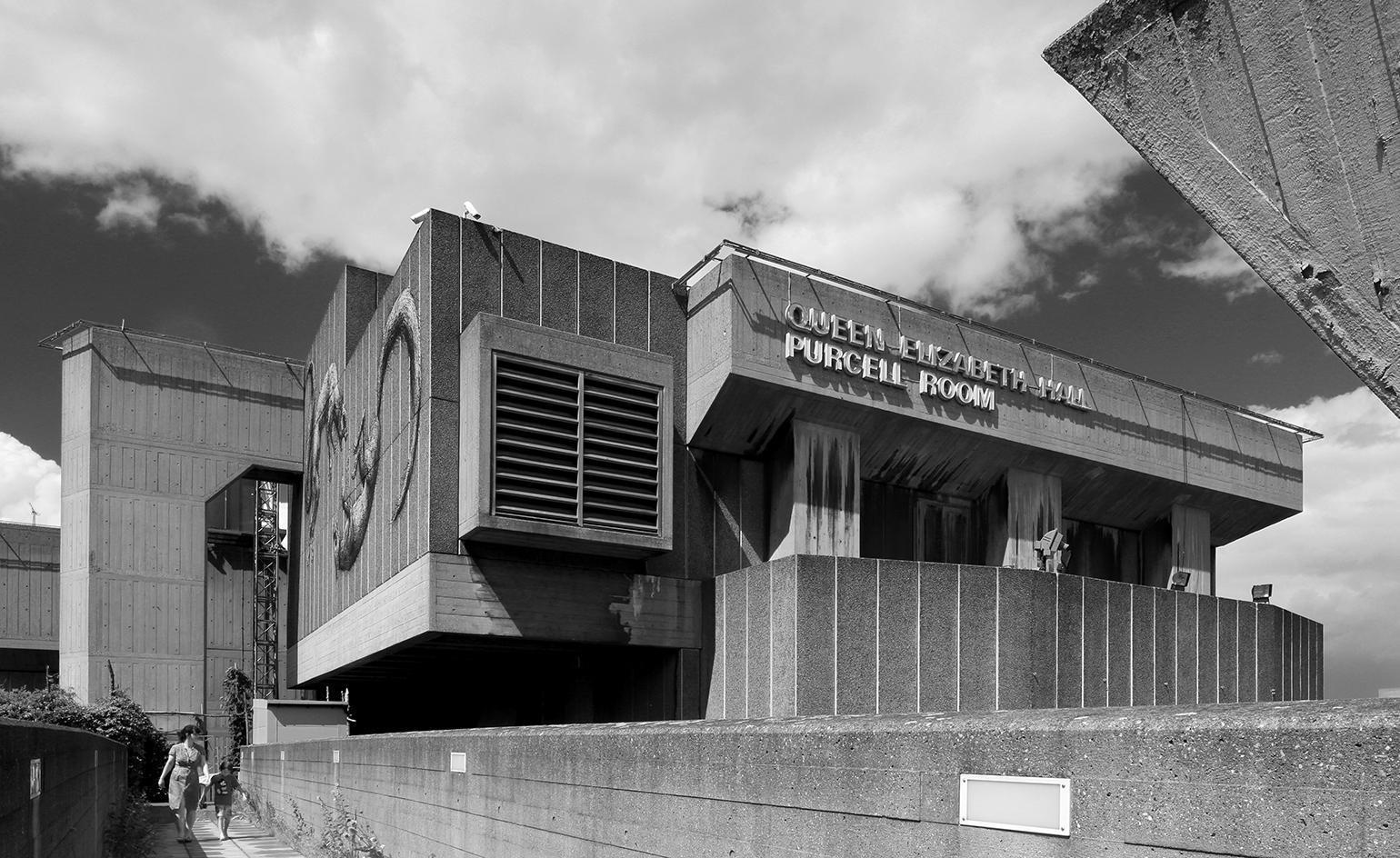Raw Concrete: Barnabas Calder explores the beauty of Brutalism

Concrete seems to be having a long, lingering moment, a riposte to decades of disdain, disgust and general disinterest. Why is it that the spectacular forms and structures of the 50s, 60s and 70s have failed to win themselves any favours with the public? Perhaps the architects of the era didn't help matters by appearing aloof and detached from the general population, apparently committed to concrete for ideological and aesthetic reasons. As a result, concrete is still a hard sell for the masses.
Barnabas Calder aims to address this narrative. His book, Raw Concrete, has been many years in the making. 'The original inspiration was to break it to a disagreeing world that there was some value in this stuff,' he admits. Yet as he researched, Brutalism started trending and a groundswell of support started bubbling up. As a result, Raw Concrete is the latest in a small library of books that are predicated first and foremost on concrete's undeniable aesthetic strength – especially in the hands of a skilled photographer.
Calder's emphasis shifted to examining the circumstances of concrete's high period of design and what, if anything, it means. 'It's the last period in which the increase in wealth wasn't undermined by self doubt,' Calder explains of the 1970s. In the UK at least, investment in housing, education and culture saw a huge expansion. Although he admits to a certain amount of 'terrifying destruction' to facilitate the new world, concrete spearheaded this change. As Calder tells it, concrete is not about austerity, but innovation and prosperity. 'It's still both misunderstood and wildly underestimated,' he says with some frustration, 'the period produced masterpieces equal to anything else produced in architecture.'
Raw Concrete is still first and foremost a personal journey through some signature places and spaces, exploring Calder's own experiences as well as the story behind the construction of some of the major slices of concrete landscape – the Barbican, the South Bank, the National Theatre. Despite the revival, concrete might never be fully appreciated. It acts as a form of landscape, both literal and mental, yet is something not everyone is willing to surrender to. It's this all-encompassing facet of the material that is frequently held against it, dismissed as the concrete jungle, with overwhelming cliffs and aggressive atmosphere, a visual language of fortifications and bunkers, war and defence.
Calder's book reveals the inherent humanism of Goldfinger, Lasdun, et al, of the people behind the perceived arrogance. His contention is that 'the best Brutalist architecture turns necessity into the sublime' and it's true that the confidence of these buildings has rarely been seen since.
Yet ultimately Brutalism's break out moment still hasn't endured it to the masses – just because a building adorns a tea-towel doesn't make it universally admired. Raw Concrete might not win over any hearts and minds, but we would do well to absorb the central thesis – that the products of innovation and confidence still have much to teach us – as self-doubt continues to creep into the national conversation.

Trellick Tower, designed by architect Ernö Goldfinger in the late 1960s, is a landmark of West London. Photography: Barnabas Calder

The South Bank Centre in London was built in 1951 as part of the Festival of Britain. Photography: Barnabas Calder

A heap of models used by the architects during the design process of the National Theatre. Photography: RIBA/Lasdun Archive

A drawing produced by Denys Lasdun & Partners to show the stepped section of New Court. Photography: RIBA/Lasdun Archive
INFORMATION
Raw Concrete: The Beauty of Brutalism by Barnabas Calder, £25.00, is published by Penguin. For more information, visit the website
Receive our daily digest of inspiration, escapism and design stories from around the world direct to your inbox.
Jonathan Bell has written for Wallpaper* magazine since 1999, covering everything from architecture and transport design to books, tech and graphic design. He is now the magazine’s Transport and Technology Editor. Jonathan has written and edited 15 books, including Concept Car Design, 21st Century House, and The New Modern House. He is also the host of Wallpaper’s first podcast.
-
 A tale of two Audis: the A5 saloon goes up against the A6 Avant e-tron
A tale of two Audis: the A5 saloon goes up against the A6 Avant e-tronIs the sun setting on Audi’s ICE era, or does the company’s e-tron technology still need to improve?
-
 Inside Christian de Portzamparc’s showstopping House of Dior Beijing: ‘sculptural, structural, alive’
Inside Christian de Portzamparc’s showstopping House of Dior Beijing: ‘sculptural, structural, alive’Daven Wu travels to Beijing to discover Dior’s dramatic new store, a vast temple to fashion that translates haute couture into architectural form
-
 A music player for the mindful, Sleevenote shuns streaming in favour of focused listening
A music player for the mindful, Sleevenote shuns streaming in favour of focused listeningDevised by musician Tom Vek, Sleevenote is a new music player that places artist intent and the lost art of record collecting at the forefront of the experience
-
 In addition to brutalist buildings, Alison Smithson designed some of the most creative Christmas cards we've seen
In addition to brutalist buildings, Alison Smithson designed some of the most creative Christmas cards we've seenThe architect’s collection of season’s greetings is on show at the Roca London Gallery, just in time for the holidays
-
 The Architecture Edit: Wallpaper’s houses of the month
The Architecture Edit: Wallpaper’s houses of the monthFrom wineries-turned-music studios to fire-resistant holiday homes, these are the properties that have most impressed the Wallpaper* editors this month
-
 David Kohn’s first book, ‘Stages’, is unpredictable, experimental and informative
David Kohn’s first book, ‘Stages’, is unpredictable, experimental and informativeThe first book on David Kohn Architects focuses on the work of the award-winning London-based practice; ‘Stages’ is an innovative monograph in 12 parts
-
 This modernist home, designed by a disciple of Le Corbusier, is on the market
This modernist home, designed by a disciple of Le Corbusier, is on the marketAndré Wogenscky was a long-time collaborator and chief assistant of Le Corbusier; he built this home, a case study for post-war modernism, in 1957
-
 Richard Seifert's London: 'Urban, modern and bombastically brutalist'
Richard Seifert's London: 'Urban, modern and bombastically brutalist'London is full of Richard Seifert buildings, sprinkled with the 20th-century architect's magic and uncompromising style; here, we explore his prolific and, at times, controversial career
-
 Louis Kahn, the modernist architect and the man behind the myth
Louis Kahn, the modernist architect and the man behind the mythWe chart the life and work of Louis Kahn, one of the 20th century’s most prominent modernists and a revered professional; yet his personal life meant he was also an architectural enigma
-
 The Architecture Edit: Wallpaper’s houses of the month
The Architecture Edit: Wallpaper’s houses of the monthFrom Malibu beach pads to cosy cabins blanketed in snow, Wallpaper* has featured some incredible homes this month. We profile our favourites below
-
 A neo-brutalist villa for an extended family elevates a Geneva suburb
A neo-brutalist villa for an extended family elevates a Geneva suburbLacroix Chessex Architectes pair cost-conscious concrete construction with rigorous details and spatial playfulness in this new villa near Geneva